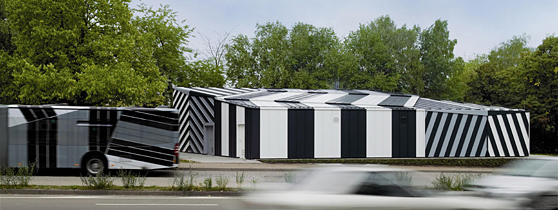Climate and Roofs
When it comes to weather influences, the roof is probably the most exposed structural part of the house, as it has to withstand not only water in various forms. Sunlight can also leave its mark on certain types of roofs, as can strong winds. All influences must be taken into account, and the roof must be protected against them.
When it comes to weather influences, the roof is probably the most exposed structural part of the house, as it has to withstand not only water in various forms. Sunlight can also leave its mark on certain types of roofs, as can strong winds. All influences must be taken into account, and the roof must be protected against them.
 |















